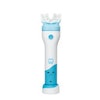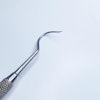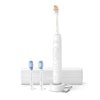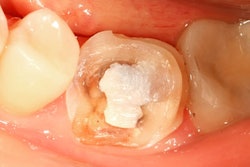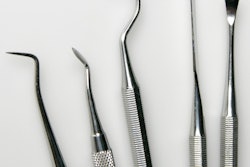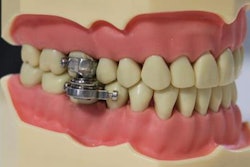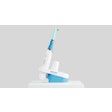
People are willing to pay for scale and polish services and oral hygiene advice even without seeing the immediate benefits, according to a study published in the July print edition of the Journal of Dental Research.
Researchers looked at a representative sample of 667 people in the U.K. who selected sample dental care packages they would choose to pay for based on included services and cost. The respondents more frequently valued scale and polish services, care provided by a dentist, and oral hygiene advice.
"Dental care service providers must consider service user preferences, including preferences for both health and nonhealth outcomes, as a key factor in any service redesign," wrote the authors, led by Dwayne Boyers, PhD, from the Health Economics Research Unit at the University of Aberdeen in the U.K. (J Dent Res, July 2021, Vol. 100:7, pp. 723-730).
Healthcare providers require information on patient care to make judgement calls about services and subsequent costs. The authors of the report argued that it is, therefore, important to also understand the services the general population values.
To do that, they conducted an online discrete-choice experiment, in which survey respondents made a series of choices between hypothetical dental services. The experiment looked at preferences for oral hygiene advice and scale and polish services, including different scale and polish frequencies.
The experiment consisted of 1,875 different combinations of attributes and levels. The authors used specific experimental design software to reduce the number of questions to 30, and respondents completed one block of 10 scenarios.
Each scenario included two different dental care packages and a third option to opt out of dental care entirely. The survey also asked participants about their demographic information and use, experience, and knowledge of dental care.
Altogether, 667 respondents completed all 10 choice tasks, giving the authors 20,010 observations in the dataset. Of the 667 respondents, 535 passed the consistency test the authors of the report built in.
More participants preferred to have a dental care package than to opt out of care entirely. Respondents said they would pay more for care from a dentist than a hygienist, and they especially preferred packages that resulted in less-frequent bleeding and aesthetic improvements to the teeth.
However, participants still valued preventive care even in scenarios where they didn't get improved outcomes. Even without improvements to bleeding or aesthetics, participants preferred biannual scale and polish visits from all providers, annual scale and polish from a dentist, and personalized oral hygiene advice from a dentist.
Those preferences were backed by the higher fee amount patients were willing to pay. Participants said they were willing to pay 145 pounds ($200 U.S.) more per year for care that improved their teeth aesthetics and 100 pounds ($139) more per year to reduce bleeding frequency.
The study was the first discrete-choice experiment to investigate the general population's preferences for primary dental care services, according to the authors. However, it was not without its shortcomings.
It had a lower proportion of smokers, a higher percentage of people reporting good general health, and more people from higher income categories than the general population. Respondents were also more likely to regularly see dentists and have experience with scale and polish and care from hygienists.
"It is important that healthcare policy makers consider all sources of value when making resource allocation decisions, including service redesign," the authors concluded. "Further research is required to provide additional insights into the reasons why people place such a high valuation on these services."
